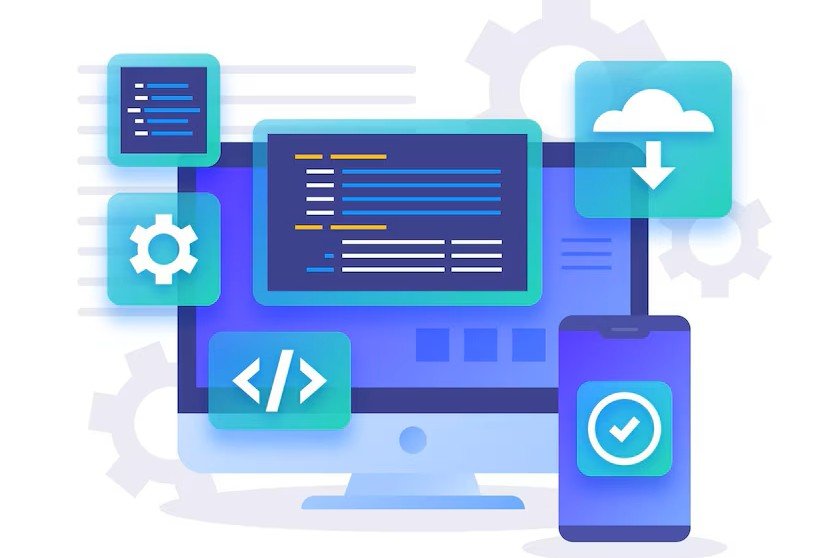Web Development vs. Web Design: Understanding the Core Differences
Today, a strong online presence is no longer optional—it’s a necessity. However, when building a website, many people struggle to differentiate between web development and web design. These two disciplines, while closely linked, serve distinct purposes. A well-balanced combination of both is essential for a high-performing website. This blog explores the core differences between web development and web design, helping you understand their unique roles.
What is Web Design?
Web design is all about crafting the visual and interactive aspects of a website. It ensures that users have a smooth, visually appealing, and engaging experience. Web designers focus on layout, typography, color schemes, and user experience to create aesthetically pleasing and user-friendly websites.
Key Components of Web Design:
- User Interface (UI) Design: Creating intuitive elements such as buttons, menus, and navigation structures that enhance usability.
- User Experience (UX) Design: Ensuring seamless and enjoyable interaction with the website.
- Visual Hierarchy: Arranging design elements to guide users’ attention effectively.
- Responsive Design: Making websites adaptable to various screen sizes for optimal viewing on desktops, tablets, and smartphones.
- Brand Consistency: Aligning colors, fonts, and styles with a brand’s identity to build trust and recognition.
Web designers often use tools like Adobe XD, Figma, and Photoshop to create wireframes and prototypes before handing them over to developers for implementation.
What is Web Development?

Web development focuses on bringing a web design to life by coding its functionality. Developers build the structure, logic, and interactivity of a website, ensuring it runs efficiently and securely.
Types of Web Development:
- Front-End Development: This covers everything users interact with directly. Front-end developers use HTML, CSS, and JavaScript frameworks like React and Vue.js to implement designs.
- Back-End Development: Responsible for server-side programming, database management, and overall website functionality. Developers use languages like PHP, Python, Ruby, and Node.js.
- Full-Stack Development: Full-stack developers handle both front-end and back-end development, offering a comprehensive website-building approach.
- Content Management Systems (CMS): Platforms like WordPress, Joomla, and Drupal allow website owners to manage content without needing coding knowledge.
Comparing Web Design and Web Development
| Feature | Web Design | Web Development |
|---|---|---|
| Purpose | Focuses on aesthetics and user experience | Focuses on functionality and performance |
| Tools Used | Adobe XD, Figma, Photoshop | HTML, CSS, JavaScript, PHP, Python |
| Primary Skills | UI/UX design, typography, color theory | Coding, database management, server optimization |
| Output | Wireframes, prototypes, and layouts | Fully functional, interactive websites |
| Role | Enhances visual appeal | Ensures smooth functionality |
How Designers and Developers Collaborate
Though web design and web development are separate fields, they must work together for a successful website.
Workflow Process:
- Strategy & Planning: Designers create wireframes and mockups based on client needs and market research.
- Design Implementation: Web designers finalize visuals, focusing on usability and branding.
- Development & Coding: Developers bring designs to life, ensuring seamless functionality and performance.
- Testing & Optimization: Designers and developers conduct usability tests before launching the website.
Choosing the Right Expert for Your Project
- If you want a visually appealing and user-friendly website, hire a web designer.
- If you need a functional, interactive, and scalable website, hire a web developer.
- For a complete solution, consider working with both professionals or a full-stack developer.
Conclusion
Web design and web development are integral parts of creating a high-quality website, each with distinct yet complementary roles. While designers shape the look and feel, developers ensure technical functionality. Whether you’re launching a business site, an e-commerce platform, or a personal blog, striking the right balance between design and development is the key to success.